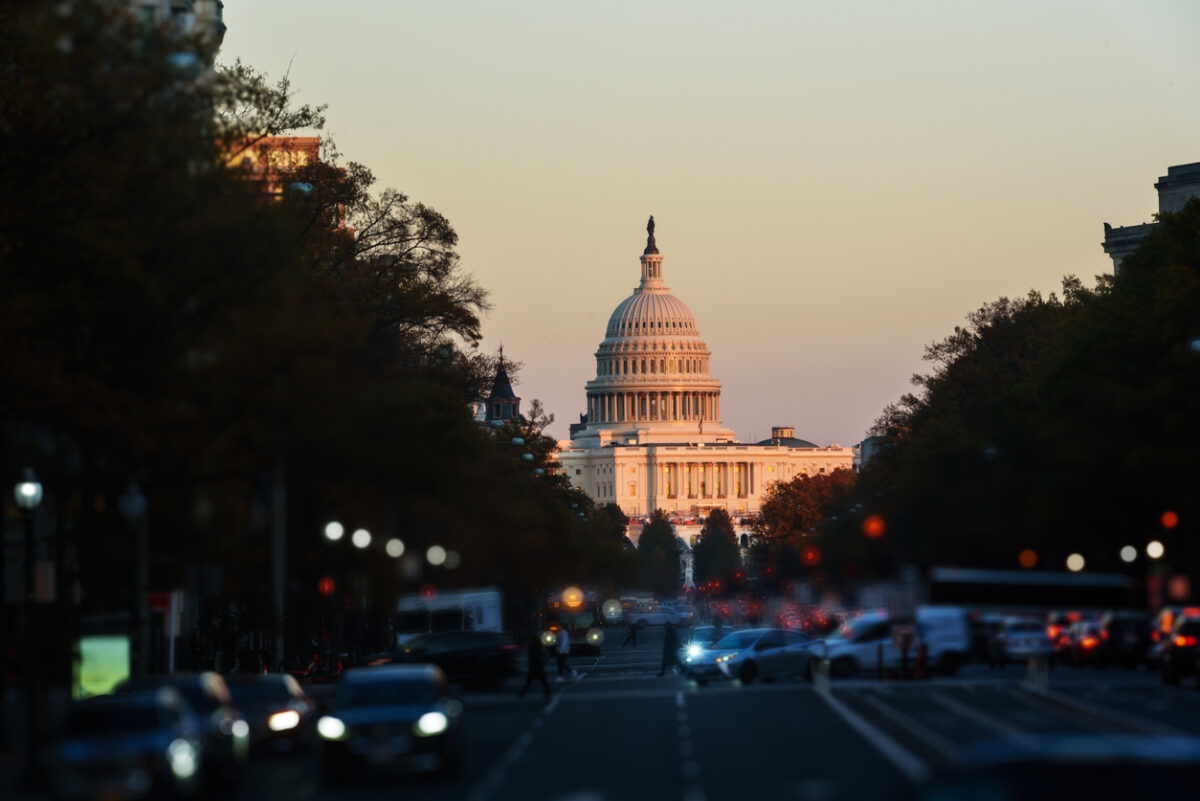New IHEP analysis explores how to increase equitable postsecondary value for more students

Washington, DC (June 21, 2023) – Earning a college degree is one of the most reliable paths to increased economic mobility. But postsecondary education remains unaffordable for many individuals who could benefit most. Rising college costs underscore the importance of ensuring students receive an economic return from their investments in postsecondary education.
New analysis released today by the Institute for Higher Education Policy (IHEP), Rising Above the Threshold: How Expansions in Financial Aid Can Increase the Equitable Delivery of Postsecondary Value for More Students, uses publicly available data to estimate the number of colleges that provide a minimum economic return for their typical student. The analysis also explores policy interventions that would increase equitable value by improving affordability: doubling the federal Pell Grant and implementing well-designed and generous free college programs that allow funding to be used for non-tuition expenses.
“A college education can and should be a steppingstone to a better living and improved quality of life for students,” said IHEP Vice President of Research and Policy Diane Cheng. “But today, postsecondary value is not delivered equitably. Improving college affordability can have a marked impact on the value students receive. Policymakers should enact affordability programs that provide greater return on investment – especially for students who stand to gain the most from the mobility postsecondary education can provide.”
The new report finds that at least 2,414 institutions, enrolling 18.3 million undergraduates nationwide, typically deliver a minimum economic return to students, defined as Threshold 0. Students meet Threshold 0 if they earn at least as much as a high school graduate, plus enough to recoup their investment in college within ten years. But approximately 500 institutions, enrolling nearly 1.5 million undergraduate students, do not meet this threshold.
By doubling the federal Pell Grant, 95 additional colleges could provide a minimum economic return to their students. Since its creation in 1972, the Pell Grant has been the cornerstone of financial aid for students living with low incomes and provides critical aid to approximately six million students annually. Yet today, on the eve of the program’s 51st anniversary, maximum Pell Grant awards have not kept pace with rising costs.
Additionally, implementing first-dollar free college programs at public institutions would help 44 more colleges provide a minimum economic return to their students. In first-dollar programs, grants to cover tuition are applied first; other financial aid can be used to cover living costs and other non-tuition expenses.
Rising Above the Threshold provides data-driven and actionable recommendations for federal and state policymakers to increase the number of institutions that meet Threshold 0 and improve the delivery of postsecondary value:
- Double the Pell Grant. This would provide additional need-based grant aid to low- and moderate-income students.
- Invest in first-dollar free college programs. A first-dollar approach increases affordability—and as a result, postsecondary value—for students and ensures students with the highest levels of financial need receive additional aid. First-dollar programs allow students to benefit regardless of the other sources of aid they receive, and therefore have a substantially greater impact on postsecondary value than last-dollar programs.
- Fund non-tuition expenses for students from low-income backgrounds. Funding transportation, health care, and child care expenses reduces affordability barriers for students and can help facilitate college completion.
- Avoid narrow restrictions on eligibility for student aid. Eligibility for need-based financial aid—whether in the form of Pell Grants, other grant aid, or free college programs—should be as inclusive as feasible. When funds are scarce, they should be targeted based on financial need.
- Invest in four-year pathways. Free college programs are often limited to public two-year institutions, but these programs would reach more students were they expanded to include public four-year colleges.
- Provide support for completion. Federal and state policymakers should fund completion support efforts aimed at decreasing time to degree and increasing completion rates.
- Disaggregate earnings data by race/ethnicity. Publish disaggregated earnings by race/ethnicity in the College Scorecard, for both institutions and programs, as those data become available.
- Improve earnings data for non-completers. At the program level, the Department of Education (ED) should publish earnings outcomes of students who leave school without a degree, in addition to the outcomes it already publishes for program completers. It should also publish institution-level earnings outcomes disaggregated by completion status, in addition to the overall earnings outcomes that include both completers and non-completers.
Today’s analysis draws from the work of the Postsecondary Value Commission, supported by the Bill & Melinda Gates Foundation and managed by IHEP, which sought to define, measure, and improve postsecondary value and make it more equitable. The Equitable Value Explorer applies the Commission’s equitable value framework, and through an interactive tool, helps institutional leaders, researchers, and policymakers explore the economic value that colleges and universities deliver to students, and which demographic groups receive that value.
Rising Above the Threshold illustrates how policymakers can leverage the Commission’s value framework for analysis and policy development. When more students receive measurable postsecondary value, higher education can live up to its potential of providing critical benefits – both economic and non-economic – to individual students and society writ large.
Read more in Rising Above The Threshold: How Expansions in Financial Aid Can Increase the Equitable Delivery of Postsecondary Value for More Students and visit the Equitable Value Explorer.
###


